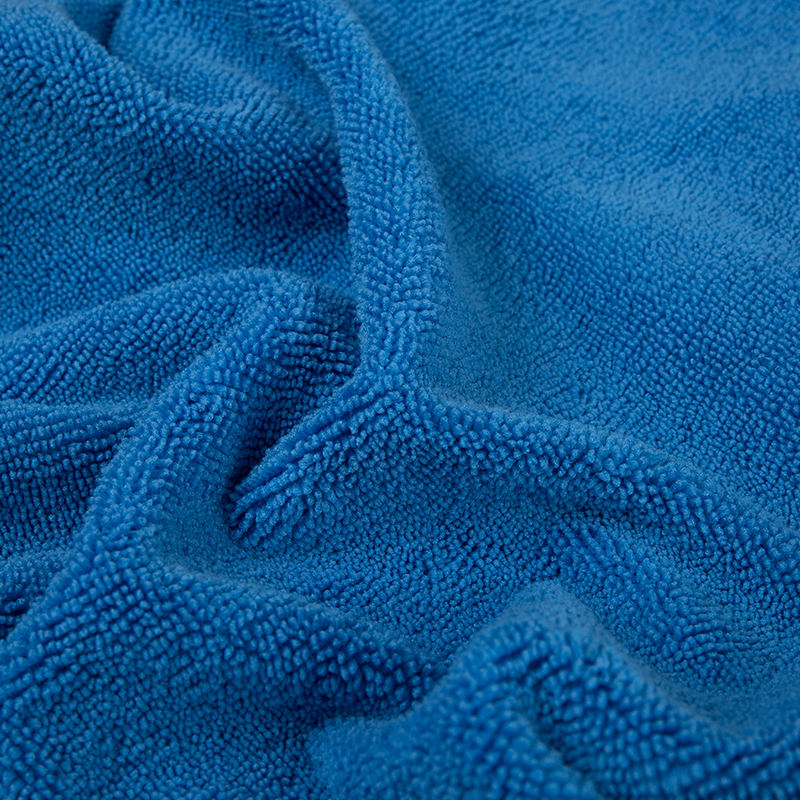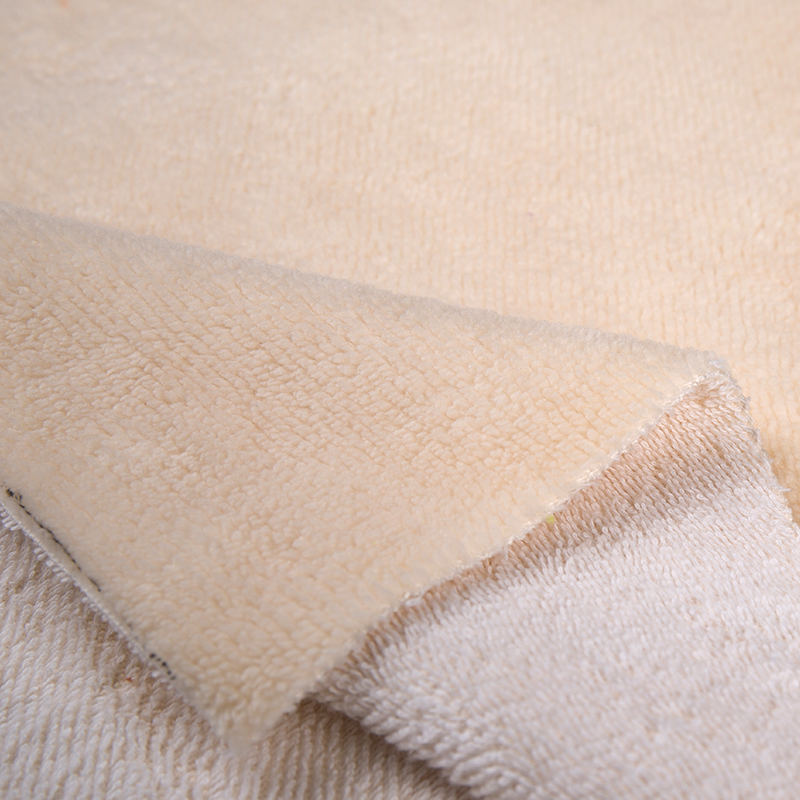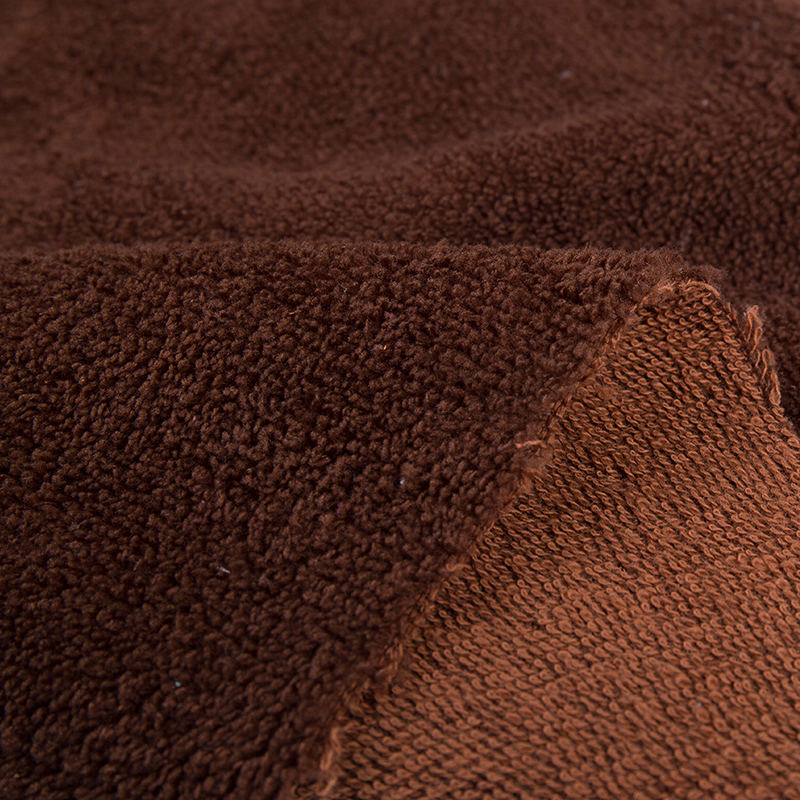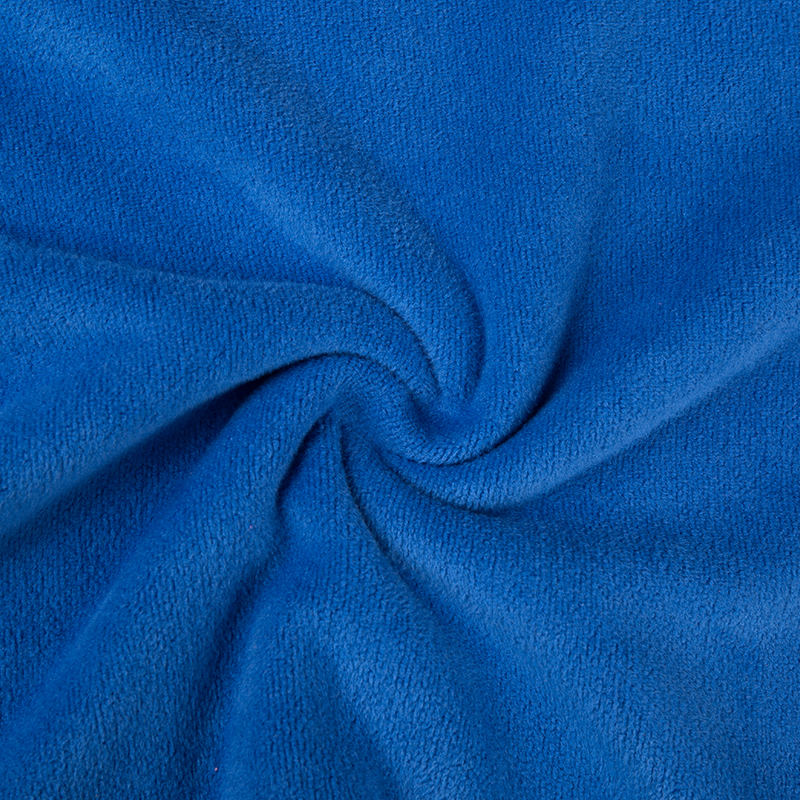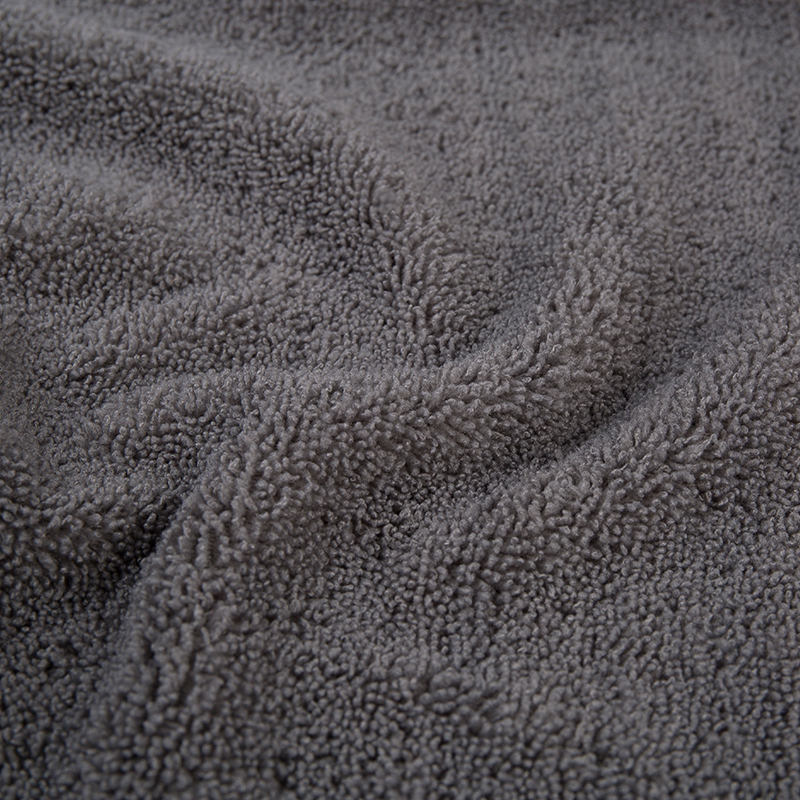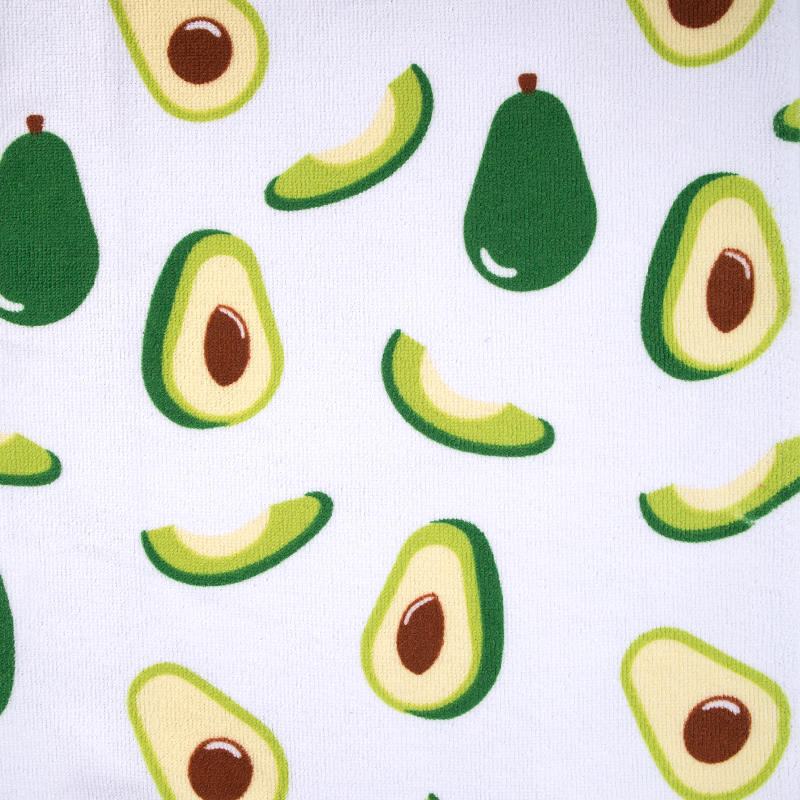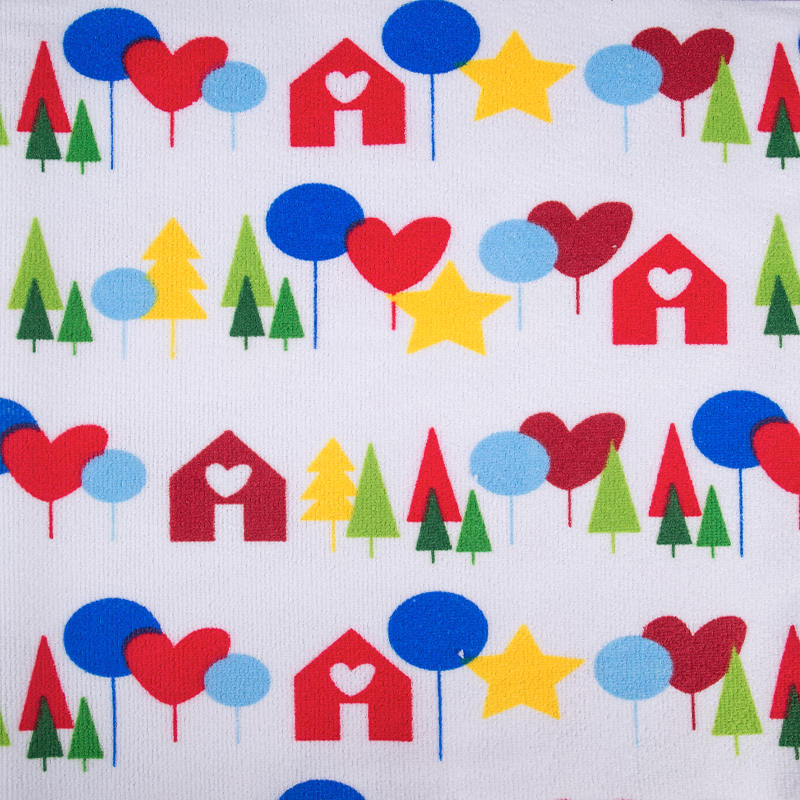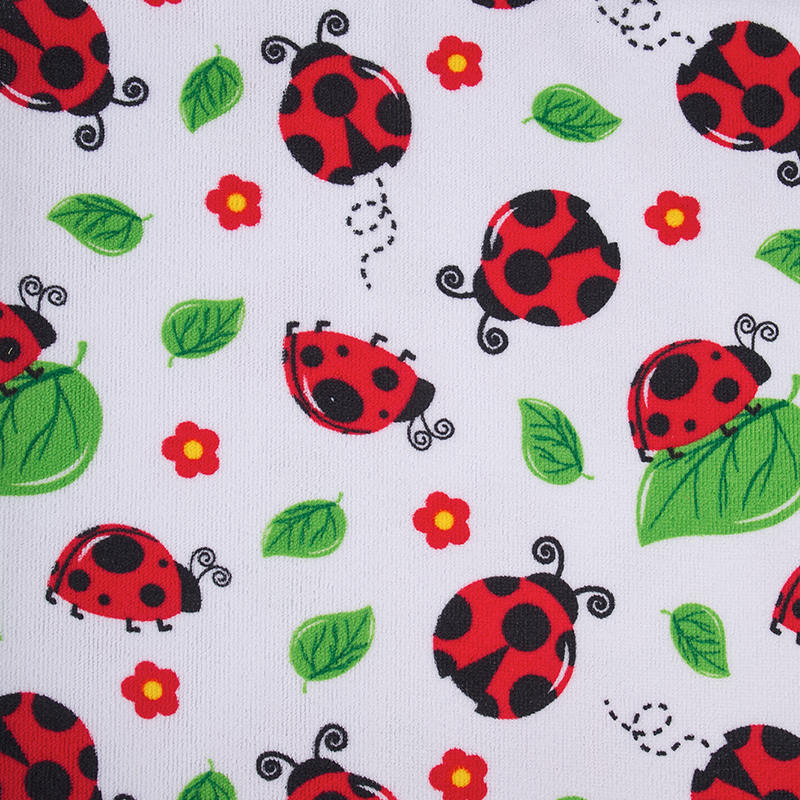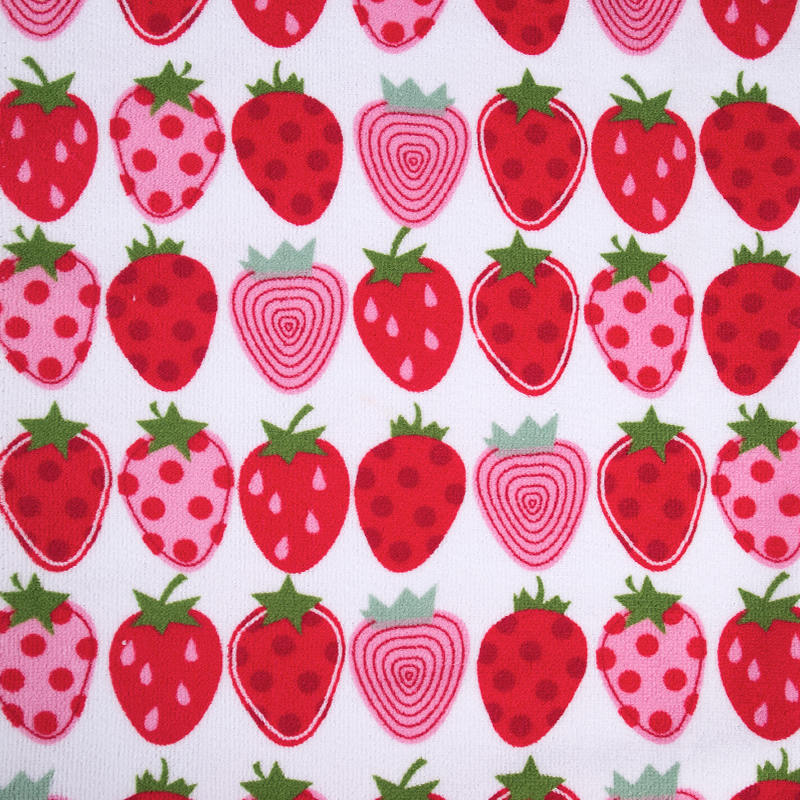In the textile industry, dyeing printing knitted fabrics have become a benchmark for color brilliance, design flexibility, and material comfort. Yet, what truly determines their vibrancy and durability lies not merely in color application, but in the interplay between fiber characteristics, finishing techniques, and process precision.
The Synergy Between Knitted Structure and Color Absorption
Knitted fabrics differ fundamentally from woven textiles in their loop-based construction. This structure provides higher elasticity and porosity, allowing dyes and pigments to penetrate more deeply. The open loops of knitted materials facilitate uniform color diffusion, which enhances brightness and reduces blotchiness.
However, this same structure demands precise dyeing control. Over-penetration can lead to uneven shades or fiber distortion. Advanced process regulation—such as controlled temperature gradients and pH balance—ensures the color molecules bond effectively without compromising fabric softness.
Key Factors Affecting Color Absorption in Knitted Fabrics
| Factor | Description | Impact on Vibrancy |
|---|---|---|
| Fiber Composition | Determines dye affinity and color retention | Higher natural fiber content improves depth and tone |
| Yarn Twist | Affects surface exposure to dyes | Lower twist allows deeper penetration |
| Loop Density | Influences dye distribution uniformity | Optimal density enhances even coloration |
| Finishing Treatment | Modifies surface chemistry | Improves dye fixation and resistance |
The Role of Dye-Fiber Interaction in Long-Term Durability
The durability of dyeing printing knitted fabrics is defined by the strength of chemical bonding between dye molecules and fiber surfaces. Reactive and disperse dyes, for instance, form covalent or hydrophobic interactions that anchor colorants firmly within the fiber matrix. This bond resists fading caused by washing, UV exposure, or friction.
Additionally, pre-treatment steps such as scouring and bleaching remove impurities that interfere with dye adherence. When combined with optimized fixation processes, these treatments create a clean substrate for color application, allowing for superior fastness without additional chemical load.
Durability extends beyond color stability—it also encompasses resistance to deformation. Proper dyeing ensures the fabric maintains elasticity and dimensional stability, critical for performance wear, home textiles, and fashion apparel.
Printing Techniques That Enhance Pattern Definition
Printing technologies determine how intricate and vivid the patterns appear on knitted fabrics. Screen printing, digital printing, and heat transfer printing each offer distinct advantages depending on fiber type and desired effect. Among them, digital printing stands out for its precision and minimal environmental impact, allowing micro-level control of ink placement.
Knitted materials, due to their stretch and loop texture, require flexible inks that can expand without cracking. Specialized binders and crosslinking agents enhance this adaptability, ensuring the printed design remains intact even under repeated wear or stretching.
Comparison of Printing Methods for Knitted Fabrics
| Printing Method | Resolution Quality | Elastic Compatibility | Color Fastness | Environmental Impact |
|---|---|---|---|---|
| Screen Printing | High for simple motifs | Moderate | High | Medium |
| Digital Printing | Very high | Excellent | High | Low |
| Heat Transfer | Moderate | Excellent | Moderate | Low |
Surface Finishing: The Hidden Layer of Protection
After dyeing and printing, surface finishing acts as the final shield that defines both vibrancy and endurance. Processes like resin coating, softening, and UV protection add value by stabilizing pigments and improving tactile feel.
One critical innovation is micro-layer polymer finishing, which locks colorants within a thin film while maintaining the fabric’s breathability. This layer prevents oxidation and mechanical fading without altering the hand feel. Anti-pilling finishes also contribute by preserving surface smoothness, preventing fiber fuzz that can dull colors over time.
Aesthetic longevity is thus achieved through dual reinforcement: chemical stabilization and mechanical protection. When combined, they ensure that dyeing printing knitted fabrics maintain their original brilliance throughout prolonged use.
Balancing Color Brilliance with Eco-Responsibility
Sustainability has become an essential part of textile coloration. Modern dyeing and printing methods now integrate waterless systems, low-temperature processes, and biodegradable auxiliaries. These innovations not only reduce resource consumption but also enhance color penetration efficiency by minimizing fiber stress.
Eco-dyeing systems optimize molecular alignment within fibers, leading to better light reflection and deeper visual saturation. The result is a sustainable brilliance—colors that appear richer and last longer while minimizing environmental impact.
Sustainability and Performance Relationship
| Aspect | Sustainable Approach | Benefit for Fabric |
|---|---|---|
| Water Use | Low-liquor or waterless dyeing | Reduces energy and waste load |
| Dye Chemistry | Non-toxic and biodegradable | Improves fastness, reduces residues |
| Process Energy | Low-temperature fixation | Protects fiber integrity |
| Waste Management | Closed-loop recovery | Maintains environmental compliance |
Functional Enhancements Through Advanced Treatments
Modern dyeing printing knitted fabrics are not limited to aesthetics—they increasingly integrate multifunctionality. Treatments for antibacterial, moisture-wicking, and UV-resistant properties can be applied post-dyeing without diminishing color brightness.
For instance, plasma surface modification or nano-finishing enables chemical bonding between color molecules and functional agents. This dual-function approach ensures the fabric retains vivid patterns while offering superior wearability in various applications such as sportswear, activewear, and lifestyle apparel.
Moreover, advanced pigment formulations enhance reflective intensity under varying light conditions, maintaining visual clarity even after repeated laundering. Such developments demonstrate how durability is intertwined with optical innovation in modern textile processing.
Process Optimization and Quality Control
Maintaining vibrancy and durability in dyeing printing knitted fabrics requires consistent process monitoring. Precision in parameters such as temperature, pH, and dwell time determines dye migration and fixation efficiency. Modern dyeing lines employ automation and real-time feedback systems to minimize deviations that could compromise color consistency.
Quality assurance extends to post-processing evaluation, where spectrophotometric analysis and tensile testing confirm that color performance meets industrial standards. Continuous process optimization not only guarantees reproducibility but also reduces production waste and environmental footprint.
Future Trends in Knitted Fabric Dyeing and Printing
The future of dyeing printing knitted fabrics will be defined by digital integration and eco-innovation. Technologies such as digital pigment printing with nanocolorants, enzyme-assisted dyeing, and bio-based dye formulations are gaining prominence. These methods enable high-resolution color output with lower resource intensity.
Machine learning-driven process optimization further enhances predictability, ensuring that every meter of fabric achieves consistent brightness and resilience. The convergence of data analytics and material science is expected to deliver fabrics that are not only visually captivating but also environmentally adaptive.
Conclusion
The vibrancy and durability of dyeing printing knitted fabrics emerge from the precise orchestration of fiber chemistry, color technology, and surface engineering. Each process—from dye selection to finishing—contributes to the optical depth and physical strength that define modern knitted textiles. Through advancements in eco-friendly processing, molecular dye bonding, and intelligent finishing, these fabrics are achieving a new balance between aesthetic appeal and performance reliability.

 English
English Español
Español 中文简体
中文简体